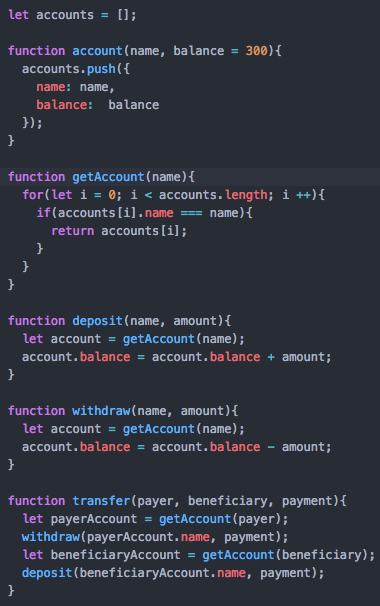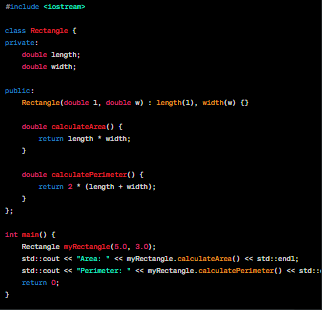

Procedual programming is a programming paradigm that structures code into a series of procedure calls or routines, which breaks down events into self-contained, reusable blocks.
It focuses on clear, linear flow of control, making it ideal for small-to-medium sized programs.
Procedual programming follows a top-down approach, simplifying complex problems into manageable routines. It is a foundational technique for learning more complex programming languages.
Procedual programming is easy to use and understand, especially for beginners
Procedual programmig has a clear, seqential flow of control, making it easy to follow the logic.
Procedual programming is efficient, requiring minimal overhead to manipulate data, leading to increased performance.
The lack of modularity causes scalability issues as the codebase grows
Procedual programming encourages repetitive code, making maitenance challenging
Functions and data are closely linked, leading to less flexibility

